Selecting the appropriate jump starter for your vehicle is crucial to ensure a reliable solution when faced with a dead battery. Here's a comprehensive guide to help you determine the right jump starter for your specific needs:
Start by identifying the type of battery your vehicle uses. Common types include lead-acid, AGM (Absorbent Glass Mat), and lithium-ion. Different jump starters are designed for specific battery types, so knowing yours will narrow down your options.
The power required to jump-start a vehicle varies based on its engine size. Larger engines may need more power to turn over, so it's essential to choose a jump starter with sufficient cranking amps (CA) or cold-cranking amps (CCA) for your specific engine size.
Most vehicles operate on a 12-volt electrical system, but some larger vehicles, like trucks or RVs, may have 24-volt systems. Ensure that the jump starter you choose matches the voltage of your vehicle to provide effective and safe jump-starting capabilities.
Check the power capacity of the jump starter, usually measured in ampere-hours (Ah) for lead-acid batteries or watt-hours (Wh) for lithium-ion batteries. A higher capacity means more jumps on a single charge. Consider your typical usage scenarios to determine the appropriate capacity for your needs.
Look for additional features that enhance usability and safety, such as built-in air compressors, USB ports for charging devices, LED lights, and reverse polarity protection. These features can make the jump starter a versatile tool for various emergency situations.
Consider the size and weight of the jump starter, especially if you plan to carry it in your vehicle regularly. Compact and lightweight models are easier to store and transport, ensuring you can quickly access the jump starter when needed.
Before making a final decision, read user reviews and ratings for the jump starter you're considering. Real-world experiences from other users can provide valuable insights into the reliability and performance of the product.
Q: Can a jump starter be used on multiple vehicles?
A: Yes, as long as the jump starter is compatible with the battery types and voltages of the vehicles in question. Make sure to follow the manufacturer's guidelines and specifications for each use.
Q: Is it possible to overcharge a jump starter?
A: Most modern jump starters have built-in protection against overcharging. However, it's essential to follow the manufacturer's instructions and avoid leaving the jump starter connected to a power source for an extended period.
Q: Can a jump starter charge a completely dead battery?
A: Yes, a jump starter is designed to provide a surge of power to start a vehicle with a dead battery. However, extremely depleted batteries may require additional charging time before attempting to start the engine.
By carefully considering these factors and answering key questions about your vehicle and usage scenarios, you can confidently choose a jump starter that meets your specific needs. Investing in the right jump starter ensures you have a reliable solution for unexpected battery-related issues on the road.
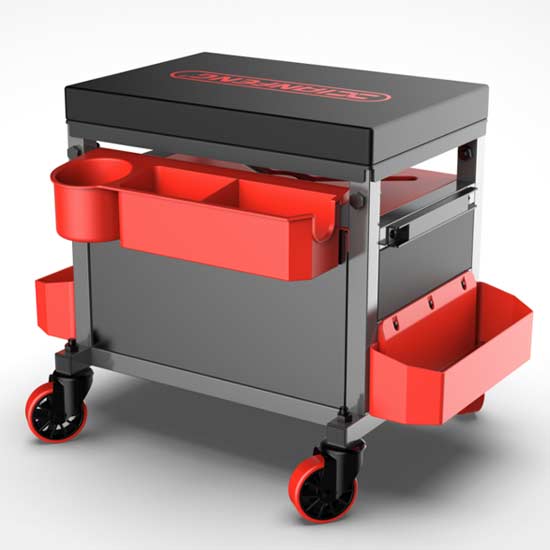 Tool seat
Tool seat
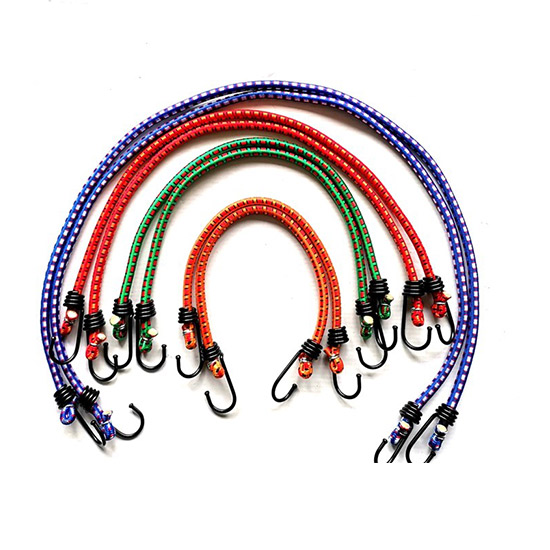 Stretch Cord
Stretch Cord
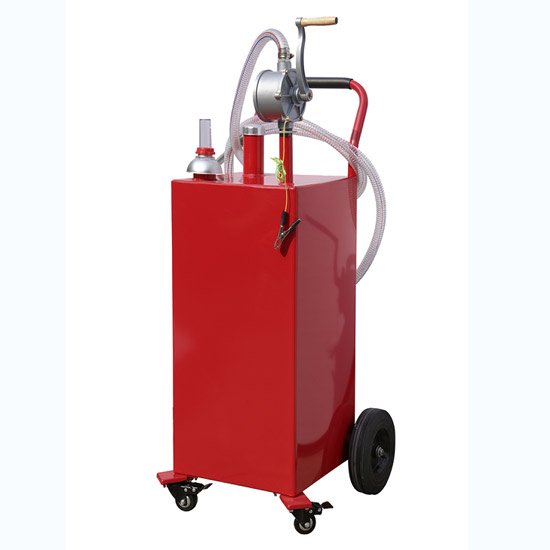 Oil Pump
Oil Pump
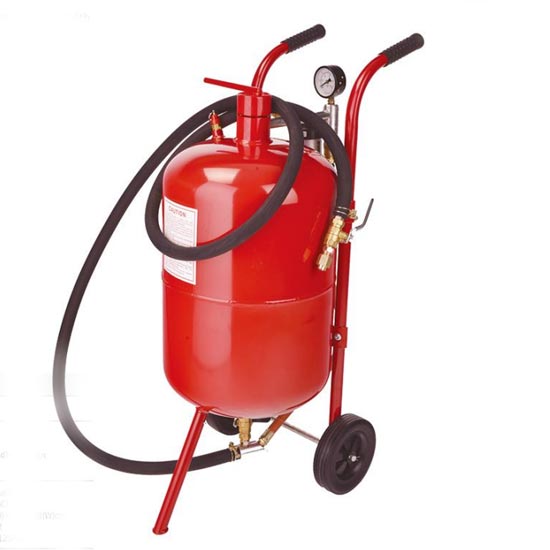 Sandblast Pot
Sandblast Pot
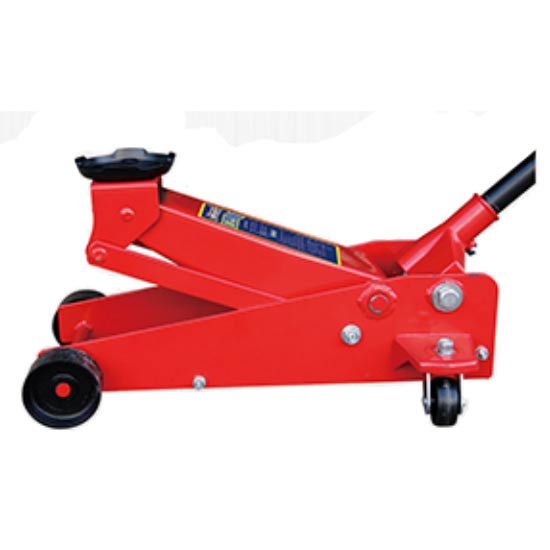 2.25 Ton Hydraulic Floor Jack
2.25 Ton Hydraulic Floor Jack
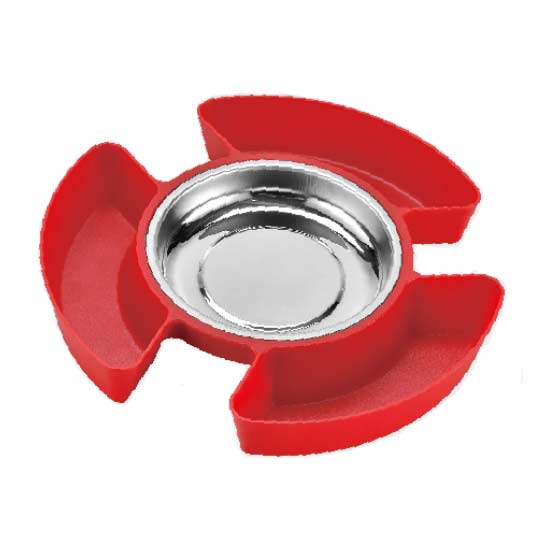 Magnetic Tray With Tool Plate
Magnetic Tray With Tool Plate
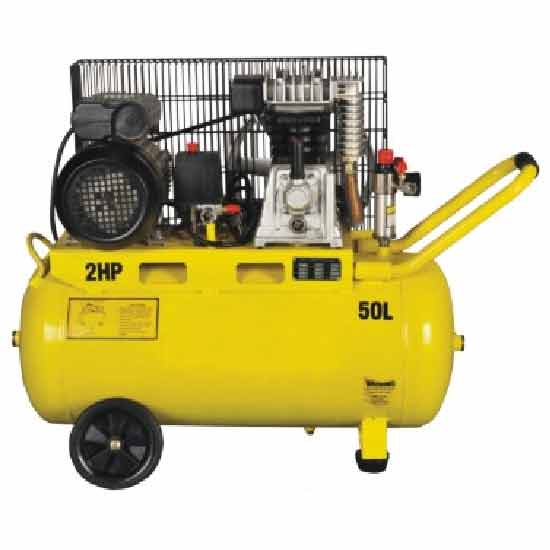 Single-stage Air-cool Movable Air Compressor
Single-stage Air-cool Movable Air Compressor
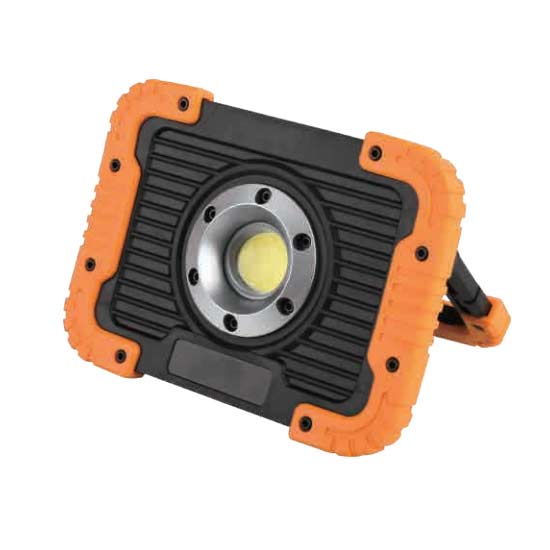 10W Rechargeable Led Flood Light
10W Rechargeable Led Flood Light
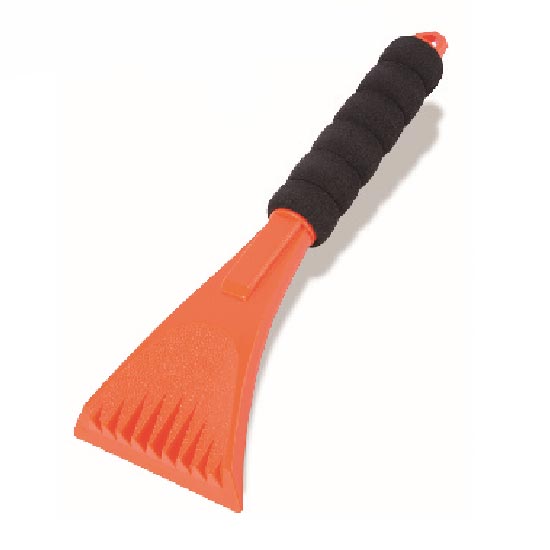 Ice Scraper
Ice Scraper
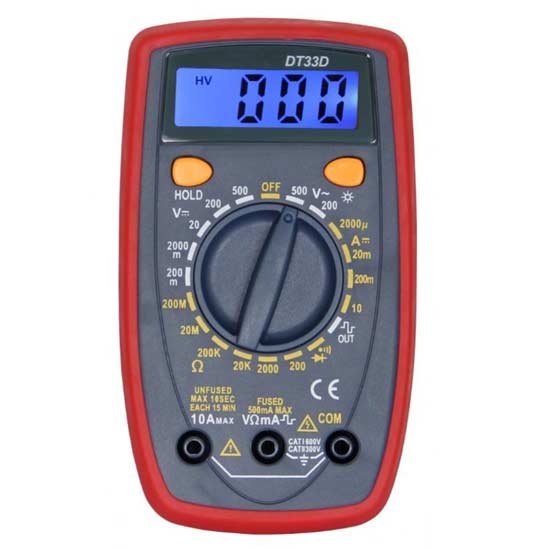 Small Multimeter with Backlight
Small Multimeter with Backlight
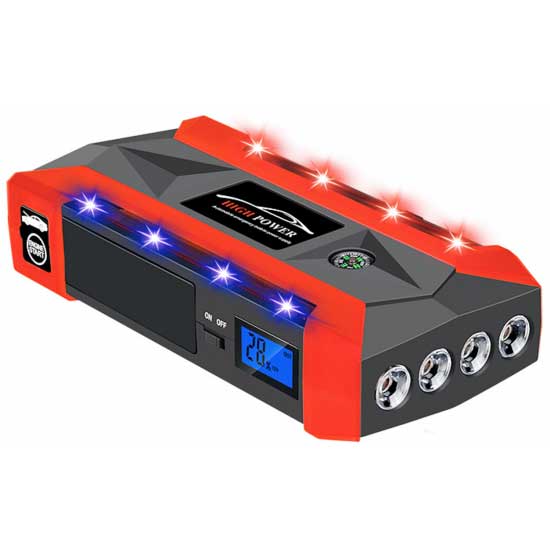 Jump Starter With 4 Led Lights
Jump Starter With 4 Led Lights
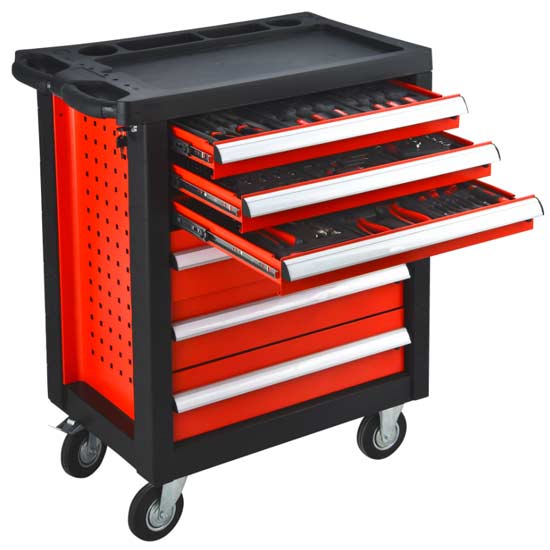 Steel Tool Cabinet
Steel Tool Cabinet
 Large Tool Cabinet
Large Tool Cabinet
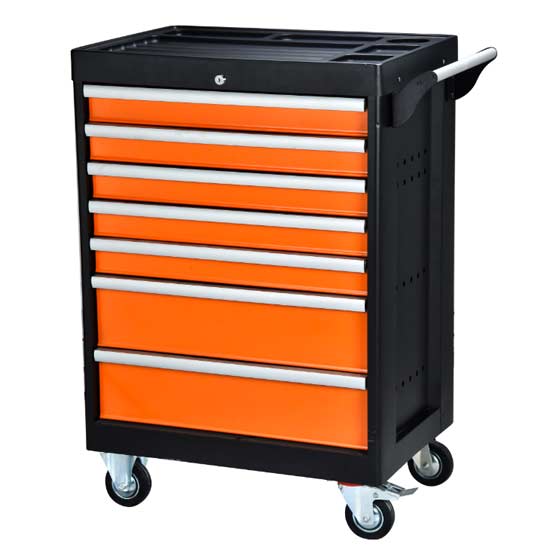 Tool Storage Cabinet
Tool Storage Cabinet
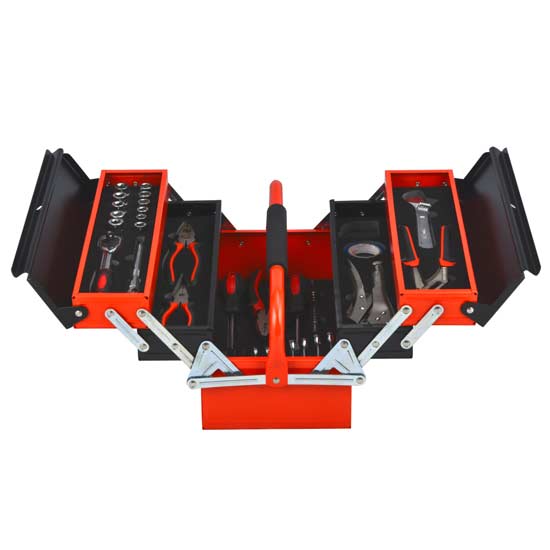 Metal Tool Box
Metal Tool Box
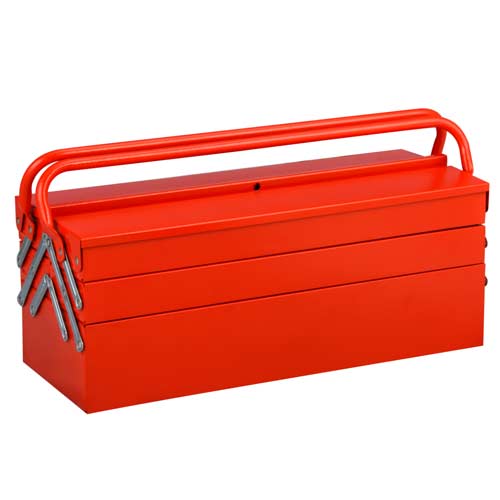 Large Metal Tool Storage Box
Large Metal Tool Storage Box
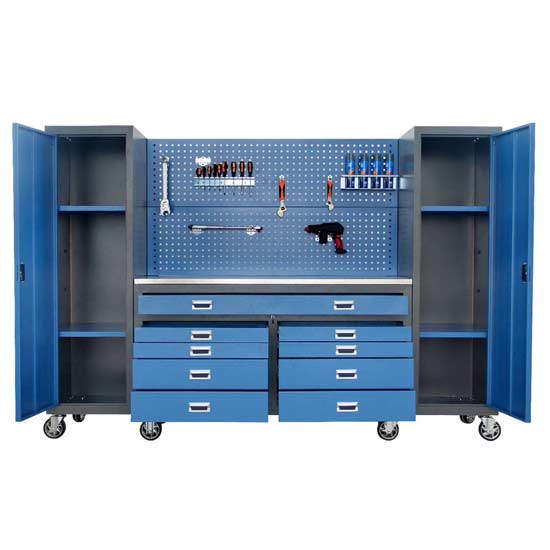 Blue Metal Tool Cabinet
Blue Metal Tool Cabinet
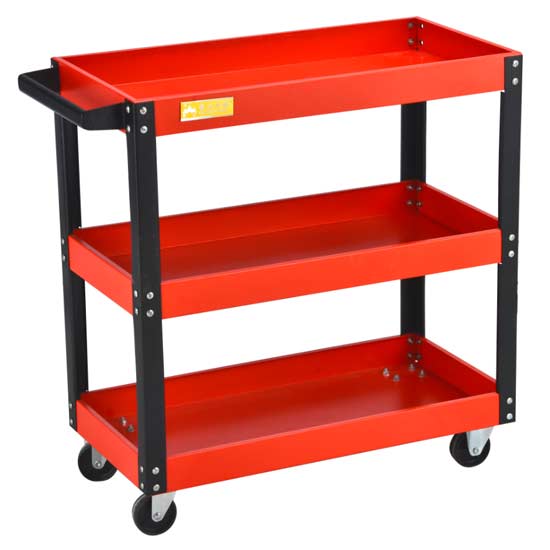 Red Steel Tool Trolley
Red Steel Tool Trolley
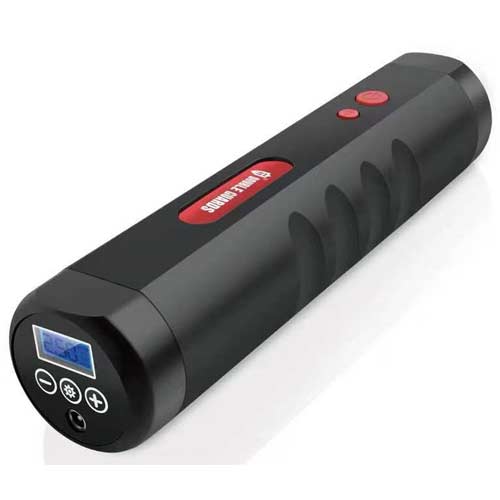 Portable Tire Inflator
Portable Tire Inflator
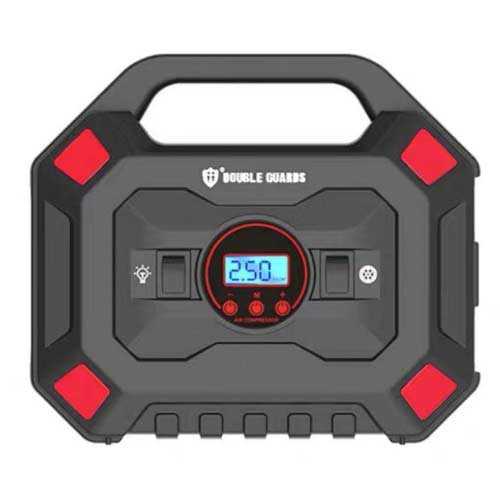 Custom Tire Inflator
Custom Tire Inflator
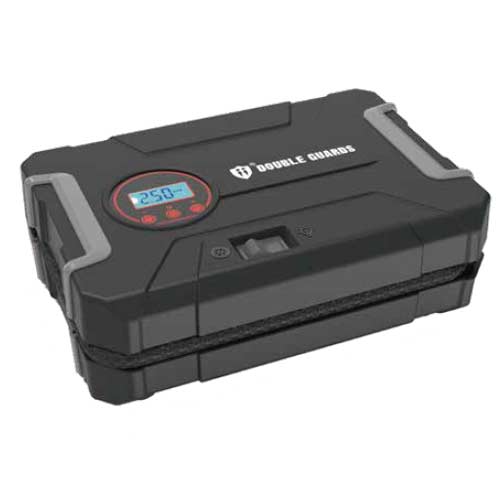 Tire Pressure Pump
Tire Pressure Pump
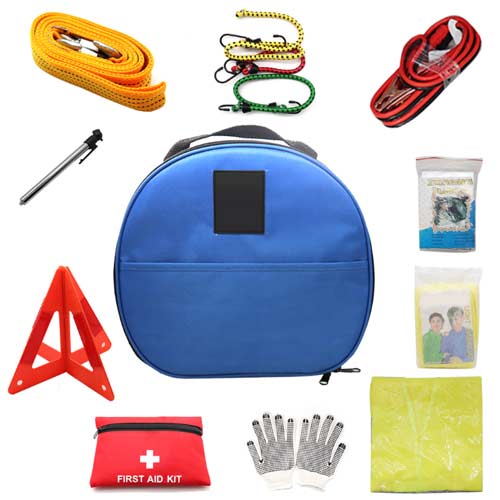 Auto Emergency kit
Auto Emergency kit